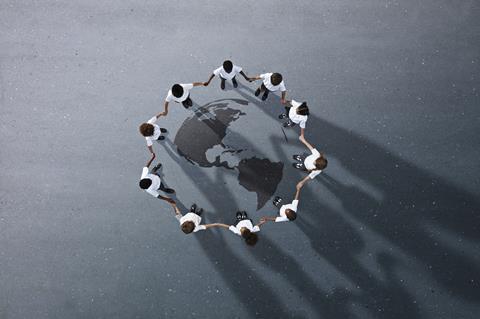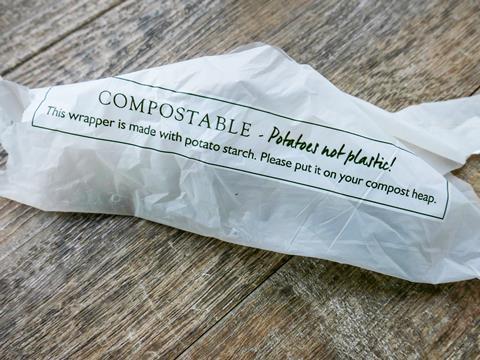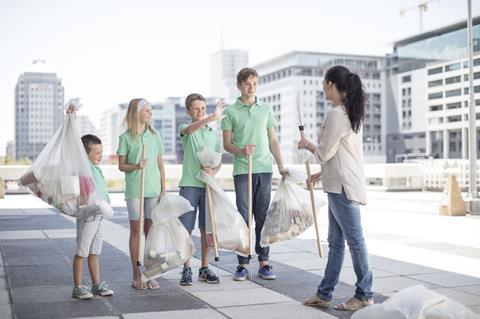How you can include the Year of Green Action in your chemistry lessons

As well as being IYPT, 2019 is also the Year of Green Action. This year-long campaign aims to engage ten to 18-year olds from all backgrounds with environmental issues. It’s part of Defra’s 25 Year Environment Plan, which aims: to achieve clean air, clean and plentiful water, thriving plants and wildlife, a reduced risk of harm from environmental hazards such as flooding and drought, using resources from nature more sustainably and efficiently, and enhanced beauty, heritage and engagement with the natural environment.
Using the hashtag #iwill4nature, the Year of Green Action hopes to increase engagement and action – and what better place to start than in your school, in your classroom or in science club? Here are eight activities to try.
1 Plant power
Find out how plants can improve our damaged environment with phytoremediation of land and waste water with this range of resources from the Royal Society of Chemistry and Reckitt Benckiser. They also look at the use of hyperaccumulators for phytoextraction and the potential of phytomining.
2 Direct action, and evolution
One half of 2018’s Nobel prize for chemistry went to Frances Arnold for her work on enzymes produced through direct evolution. Introduce this topic to older students with this article from Chemistry World and for a more scaffolded approach, there’s this Soundbite. You can also examine the environmentally friendly manufacture of chemical substances and the production of renewable fuels for greener transport with the Nobel prize teaching resources can be used to scaffold student understanding.
3 In the bag

Get students making plastic from potato starch. It’s a great way to introduce a discussion on the accumulation of discarded plastic bags, and the associated risks. A law enacted in October 2015 requires all supermarkets and large stores to charge a minimum of 5p for every single-use plastic carrier bag. This has resulted in an 83% reduction in the number of bags handed out, but plastic bags are still a concern.
Linking back to the Nobel prize again, investigating the enzyme hydrolysis of biodegradable poly(L-lactide) introduces students to the role of chemistry in creating a more sustainable society.
You could also show the Twig world resources video, Oil products: recycling plastics. This short but effective video demonstrates the differences between thermosetting, thermosoftening and partially biodegradable plastics, and how they can be recycled.
4 Go large
The Large molecules chapter from the Inspirational chemistry series provides a range of teaching materials, games, practical activities and demonstrations for teaching topics, such as polymers used every day, plastic bags and textile conservation.
5 Practical action
For younger learners involved in extracurricular activities the Practical action series focusing on a sustainable future is a good fit. The Plastics challenge for example requires them to develop products from recycled objects, as a possible way of tackling environmental problems caused by plastic waste. They investigate the properties of plastics then find solutions to problems caused by plastic waste globally.
6 Kids doing it for themselves

Show your students how they can have a voice and introduce them to Kids Against Plastic. This charity was set up by kids for kids and aims to reduce single-use packaging. It’s introduced a free, child-led, Plastic Clever Schools initiative focused on reducing the use of the Big Four plastic polluters – cups with lids, straws, bottles and bags – empowering young people to become change-makers and lead their own schools towards being ‘cleverer’ with their use of plastics.
7 When IYPT meets YGA
There are plenty of opportunities to celebrate both the periodic table and the Year of Green action. You could start by discussing how the 94 naturally occurring elements from hydrogen to plutonium were formed, using the Science Learning Hub and Brian Cox’s Wonders of the universe. Then move onto the idea of finite resources, with Mark Winter’s Periodic table cartograms illustrating the relative abundance of elements and those that are disappearing with How will we save our endangered elements?, which includes practice exam questions for ages 14–16. The amazing 94 Elements Project video shows students how the elements touch our daily lives, and links back to phytomining and plastics.
8 That’s capital
Demonstrate sustainable chemistry with real-life examples, such as recycling bins in the classroom. You can explain why we collect the unreacted pieces of metal and use them again and get your students doing microscale chemistry, explaining how it’s a sustainable alternative to larger scale reactions. Help your students build their science capital through developing their understanding of sustainable development and green chemistry so they can make informed decisions and secure their future.









No comments yet